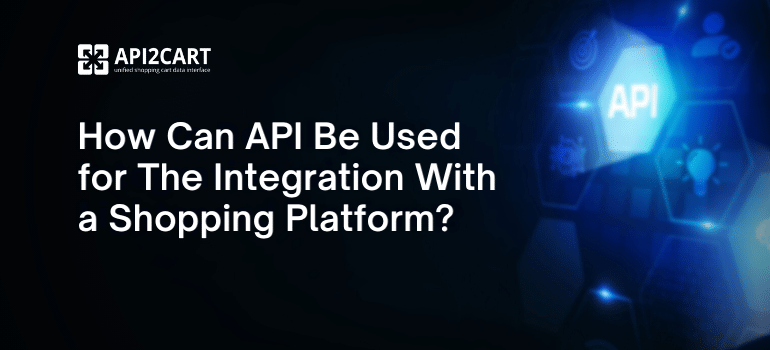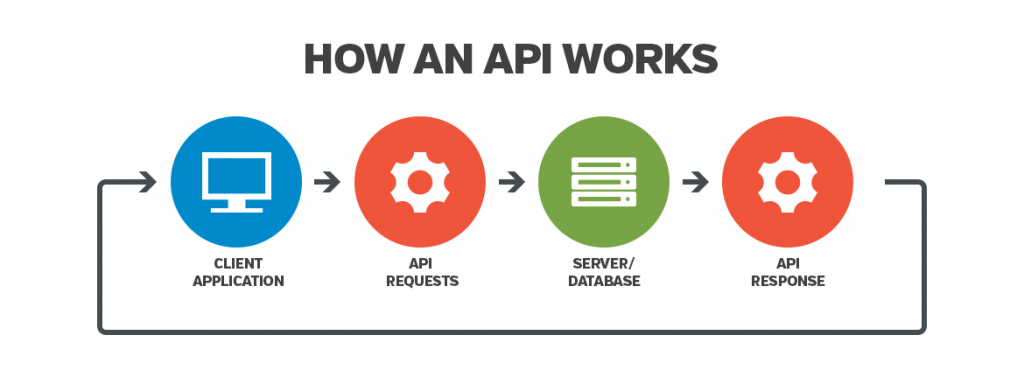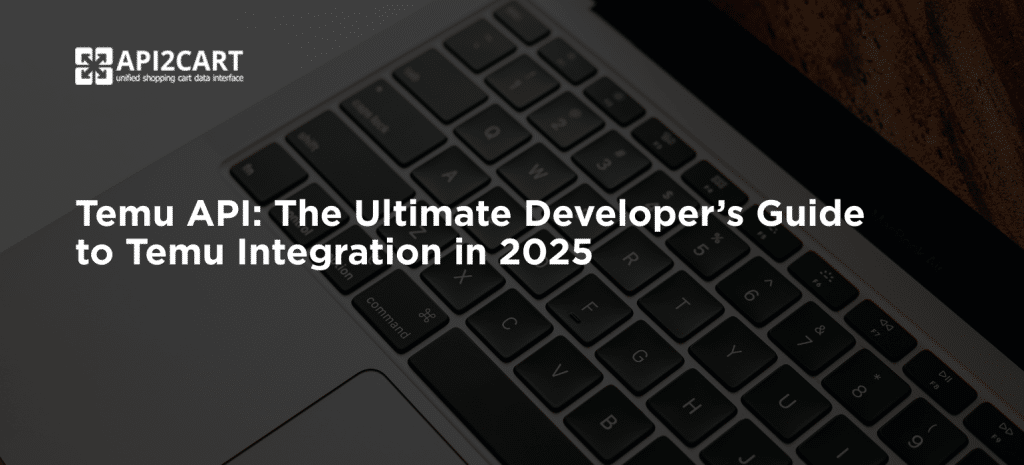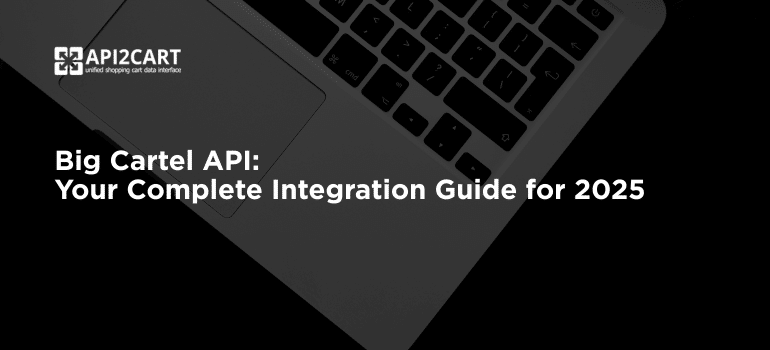
Today, any SaaS app provider wants to get the opportunity to connect their solutions to multiple shopping platforms. This is mandatory for those software vendors who wish to expand their client base and offer improved services to their target niche. Therefore, they should focus on integration with shopping platforms since most prospective customers can be found on them.
Nowadays, e-retailers seek extensively new ways to automate their business operations and make more sales. For that, they choose to use special software like yours. Therefore, they require the help offered by SaaS app providers in inventory management, accounting, warehouse management, order management, email marketing, order tracking, customer services, etc. Nonetheless, only software providers that developed integration with the shopping platforms used by retailers are eligible to propose their solutions to them.
In simple terms, as a SaaS app provider, you cannot offer your services to your target niche without having an integration with the shopping platforms used by your clients. For example, you need to connect your software through an API with this shopping platform to target Shopify retailers. Ideally, you need to integrate your system with as many platforms as possible to expand your reach.
What Is an API and Its Main Functions?
To properly understand the importance of integrating your software with shopping platforms, knowing what an API is and how it works is necessary. The API, or Application Programming Interface, is a software connection that acts as an intermediary between two digital products. It works as a messenger, sending data between the two apps or software solutions.
The API's role is to automate repetitive tasks and make it a breeze for your business to gain access to your customers' precious data. In addition, a well-developed API can make the communication between your software and the other solutions extremely fast and reliable, keeping you safe from loss of data. Today, developers can create an API from scratch or use blocks of code already made to fine-tune their APIs. One of the best APIs one can use is the REST API. It enables the connection using increasingly flexible multi-layered architectures.

Image source: welldoneby.com
To better understand the API concept, let’s imagine the waiter’s tasks at the restaurant. As a client, you’re sitting on the chair, browsing the menu. Once you’ve decided on a specific item, you can call the waiter and place the order. The waiter goes to the kitchen, sends the order, and after a while, he comes back with the food. The waiter is the API, you represent your company, and the kitchen is, for example, the back-end of the shopping platform. Whatever information you need, you can send specific commands via the API, which returns pretty quickly with the data you’re looking for. With an API, you can access all the information related to your customers' e-store products, orders, clients, taxes, shipping statuses, or warehouse stocks.
Since most shopping platforms have their architecture and API, it becomes quite challenging to perform integrations with each of them. Therefore, the best option you have is to utilize a modern API integration platform that would allow you to connect your solution with several shopping platforms at once.
The Process of Integration with Shopping Platform
As a SaaS provider in the B2B market, it is mandatory to have reliable integrations with many shopping platforms. For instance, if you are thinking of targeting shop owners who are using Magento and are selling on WooCommerce, you need to be connected to these two shopping cart solutions.
While it’s obvious that you should focus on integration with a shopping platform that offers you actual value, you should not neglect smaller platforms. So here are some of the platforms you should consider integrating with.
We can name quite a few regarding the benefits of integration with shopping platforms. First off, you can skyrocket your customer database since you’ll be able to target all those potential customers using the shopping platforms you’re integrating with. Second, you’ll provide better services to your end customers by allowing them to automate their key processes and efficiently manage data related to stocks, orders, taxes, and shipments. Third, you’ll be able to grow your profits and expand into new verticals.
When deciding to perform the integration, you can choose a manual option, which takes a lot of time to accomplish and costs huge in the long run, or you can go with a third-party API that allows you to connect your software with multiple platforms at once. That’s where we come in.
Choosing a Unified API for Integration
Establishing a strong connection with today’s shopping platforms requires robust knowledge and skill. Since every platform’s API has its architecture and unique traits, you will need to work with developers who understand how to cope with them appropriately. Fortunately, with API2Cart, you can gain the peace of mind that you’re working with the best in terms of integrations with shopping platforms.
Our service offers seamless connections with 60+ shopping platforms via a unified API. The list of supported platforms includes Shopify, Magento, WooCommerce, PrestaShop, etc. In addition, API2Cart takes care of continuous maintenance and support of the integrations. Moreover, we provide approximately 100 API methods that allow you to access and modify the e-store data on products, orders, customers, categories, etc. More detailed information about each API method can be found in our detailed API documentation.
You can try all the API2Cart functionality with no limits for 14 days free by simply registering your account on our service. If you have any questions, you can contact our managers by chat or phone.



